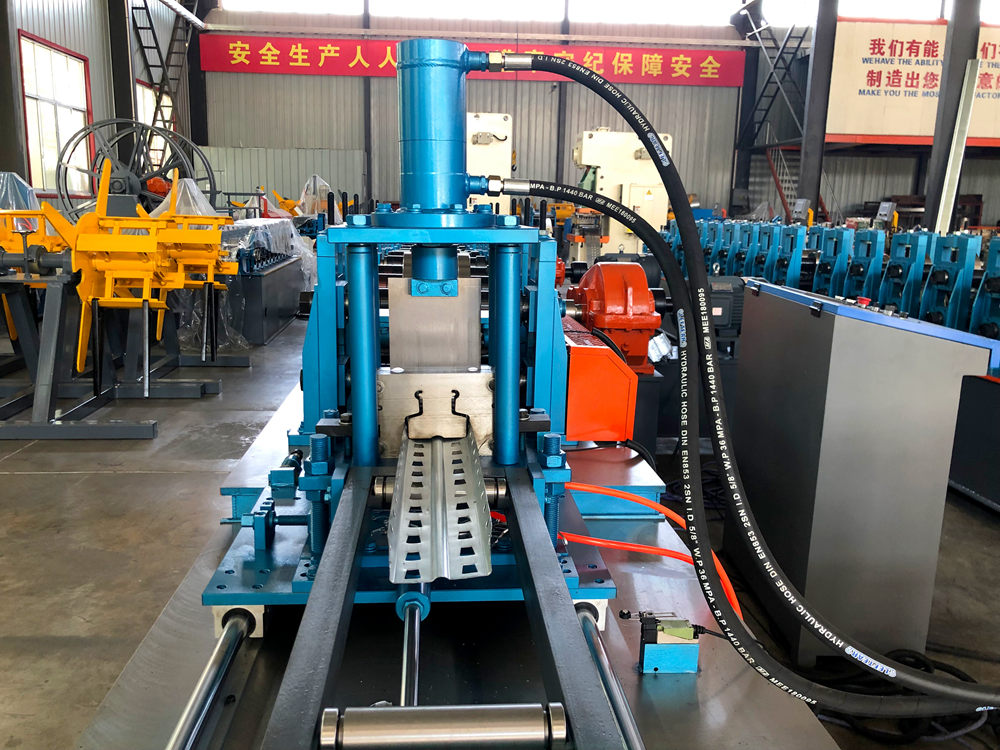
Understanding Light Gauge Steel Framing Machines
Light gauge steel framing has become a popular choice in modern construction, offering numerous advantages over traditional materials such as wood. At the heart of this innovative building method lies the light gauge steel framing machine, a technological marvel designed to streamline the construction process and enhance the overall quality of structures.
What is Light Gauge Steel Framing?
Light gauge steel framing refers to the use of thin steel sections, typically less than 3.2 mm in thickness, as structural members in construction. This system provides the framework for residential, commercial, and industrial buildings, enabling designers and builders to create strong, durable, and resilient structures. The properties of steel, including its strength-to-weight ratio, resistance to fire, pests, and rot, make it a desirable material for framing, particularly in regions prone to natural disasters like hurricanes or earthquakes.
The Role of Light Gauge Steel Framing Machines
Light gauge steel framing machines play a crucial role in automating the production of steel components used in construction. These advanced machines are capable of producing accurate and consistent steel studs, tracks, and other essential framing elements with minimal human intervention. Using sophisticated technology, including Computer Numerical Control (CNC), these machines can cut, bend, and form steel sheets into predetermined shapes that are ready for assembly on-site.
Benefits of Using These Machines
1. Efficiency One of the most significant advantages of light gauge steel framing machines is their ability to significantly reduce production time. Automated processes allow for rapid production of framing members, which speeds up the overall construction timeline. This efficiency often translates into cost savings for builders and developers.
2. Precision and Consistency The use of CNC technology ensures high precision in the fabrication of steel components. This level of accuracy minimizes waste material and reduces the need for on-site adjustments, leading to a more streamlined construction phase.

3. Quality Control Automated manufacturing processes enhance the quality of the finished product. Steel components produced by these machines are uniform in size and quality, thereby improving the structural integrity of the buildings they frame.
4. Flexibility in Design Light gauge steel framing machines allow for greater design flexibility. With the capacity to create custom shapes and sizes, architects and builders can experiment with innovative designs that would be difficult to achieve with traditional framing methods.
Applications of Light Gauge Steel Framing
The versatility of light gauge steel framing machines makes them suitable for a wide range of applications. They are widely used in constructing multi-story buildings, commercial complexes, and residential homes. Additionally, these machines can adapt to produce components for modular construction, which is gaining traction in the industry due to its speed and efficiency.
Environmental Considerations
In today's environmentally conscious world, using light gauge steel framing machines also has sustainability benefits. Steel is a recyclable material, and utilizing these machines promotes the efficient use of resources. The ability to minimize waste during the fabrication process further enhances the environmental appeal of light gauge steel framing.
Conclusion
In summary, light gauge steel framing machines represent a significant advancement in construction technology. Their efficiency, precision, and ability to produce high-quality framing components have revolutionized the building industry. As we continue to innovate and seek sustainable building practices, these machines are poised to play an integral role in the future of construction, paving the way for more resilient and eco-friendly structures. Embracing the capabilities of light gauge steel framing machines not only enhances construction efficiency but also aligns with the broader goals of sustainability and improved building performance.